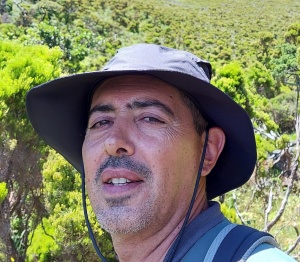Steinbauer, M.J., Field, R., Grytnes, J.-A., Trigas, P., Ah-Peng, C., Attorre, F., Birks, H.J.B., Borges, P.A.V., Cardoso, P., Chou, C-H., Sanctis, M. De, Duarte, M.C., Elias, R.B., Fernández-Palacios, J.M., Gabriel, R., Gereau, R., Gillespie, R.G., Greimler, J., Harter, D.E.V., Huang, T-J., Irl, S.D.H., Jeanmonod, D., Jentsch, A., Jump, A.S., Kueffer, C., Nogué, S., Otto, R., Price, J., Romeiras, M.M., Strasberg, D., Stuessy, T., Vetaas, O.R. & Beierkuhnlein, C. (2016) Topography-driven isolation, speciation and a global increase of endemism with elevation.
Global Ecology and Biogeography,
25, 1097-1107. DOI:10.1111/geb.12469 (IF2016 6,045; Q1 Ecology)






